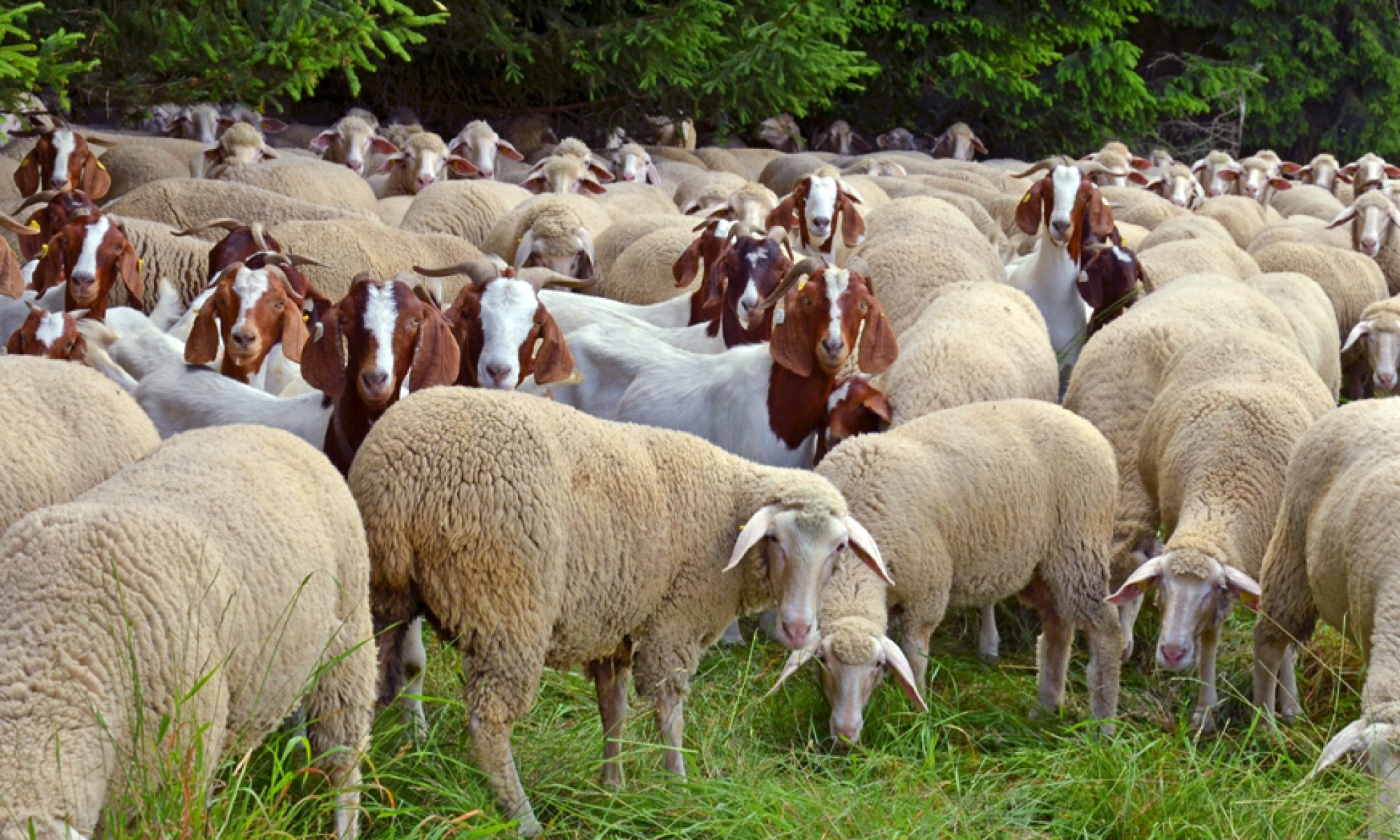I read yesterday that Pharoah Sanders had died. By most accounts he was a kind and gentle man, though his music explored the limits of sonic tolerance. His work in the ‘60s with John Coltrane and Albert Ayler “helped pioneer a frenetic blend of spiritual jazz that, through shrieking horns and loose rhythmic structure, was meant to summon higher powers. The idea, it seemed, was to blow the sax so hard that the music reached God’s ears.”
So says Marcus J. Moore in The Nation, then going on to render an appreciation of Sanders’ development in later years, pointedly with Promises in 2021, an album I haven’t heard in which Moore finds greatness. I do have a couple of albums wherein Sanders and Coltrane are apparently searching for Karma or God on their horns. They are hard to listen to today.
When I was music critic for The New Leader in the late ‘60s I went on a couple of rants about free jazz—how screeching and emotive self-indulgence had taken over the music. Since I’ve become old and crotchety I haven’t much changed my opinion about free jazz though I’ve mellowed a bit. It’s not popular anymore for a lot of reasons, but Pharoah was one of the few to try keeping it relevant, and we salute him for that.
Free jazz proponents talked a lot about freedom. Yet when jazz tends to anarchy it can sink into expressionistic bedlam. John Coltrane’s music in the ‘50s and ‘60s was a revelation to me. When he later focused on his intense spiritual quest I simply couldn’t follow him.
For me, music must have some form or purpose or content its listeners can relate to. Free jazz leaves most musical norms behind, and “all notes are created equal!” It began as protest music and, in my opinion, evolved to self-indulgence. There’s more to it than this, of course. Below is a very good, somewhat complicated explanation of how free jazz takes different forms. I’ve never heard a better one.
When forms like serialism in classical music die out, as free jazz mostly has, what comes next? Ornette Coleman, a unique kind of free jazz musician, showed us one way. Hear “Lonely Woman” from The Shape of Jazz to Come, 1959:
The impulses—musical and social—that created free jazz were not always noble. Mingus and Miles used to say that these folks were jiving the public, trying to make money off black protest. Mingus was very vocal about this: “if the free-form guys could play the same tune twice, then I would say they were playing something . . . .”
When Mingus or his band “played free,” as they often did in his later music, they never got lost in their explorations. There was always a tonal center or a melody or chords to come back to. Mingus was also a master of the many modes and moods of jazz. These traditions and roots were his stock in trade. I’ve always felt that the free jazz people never cared much for these things.


